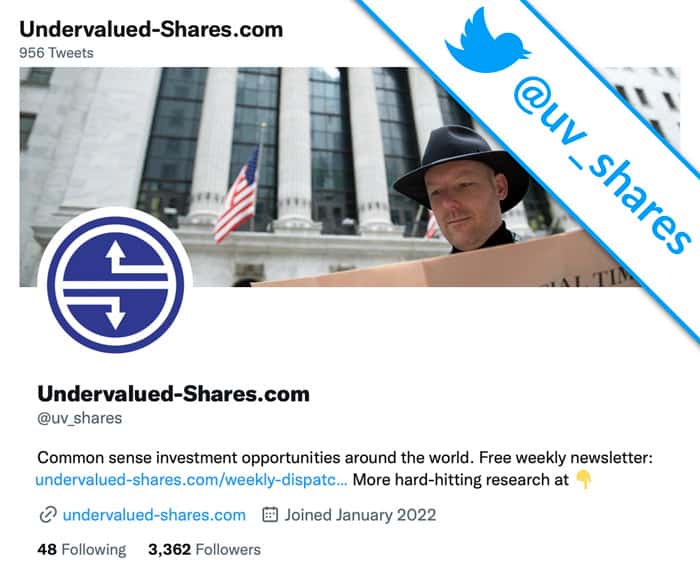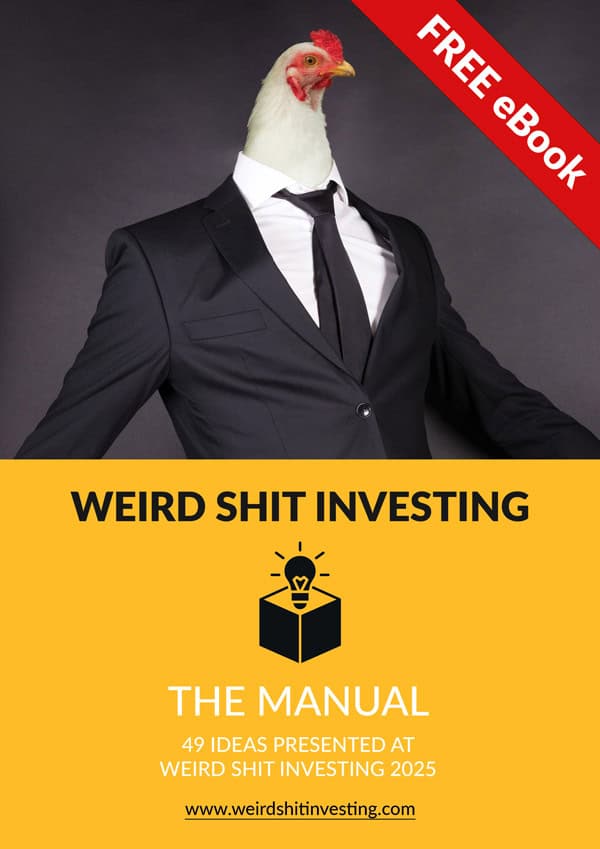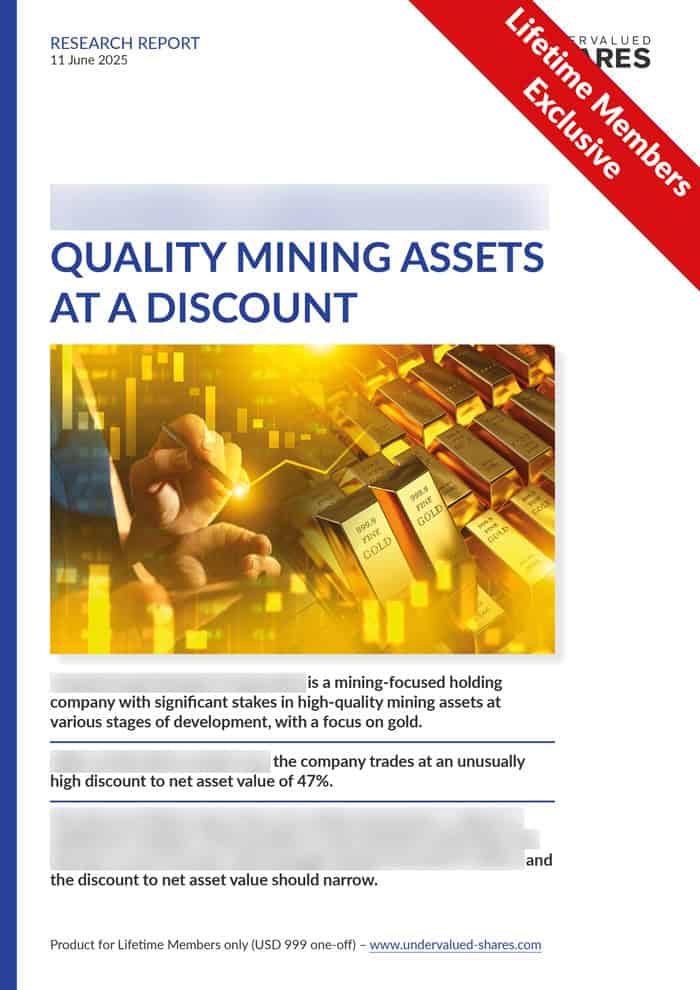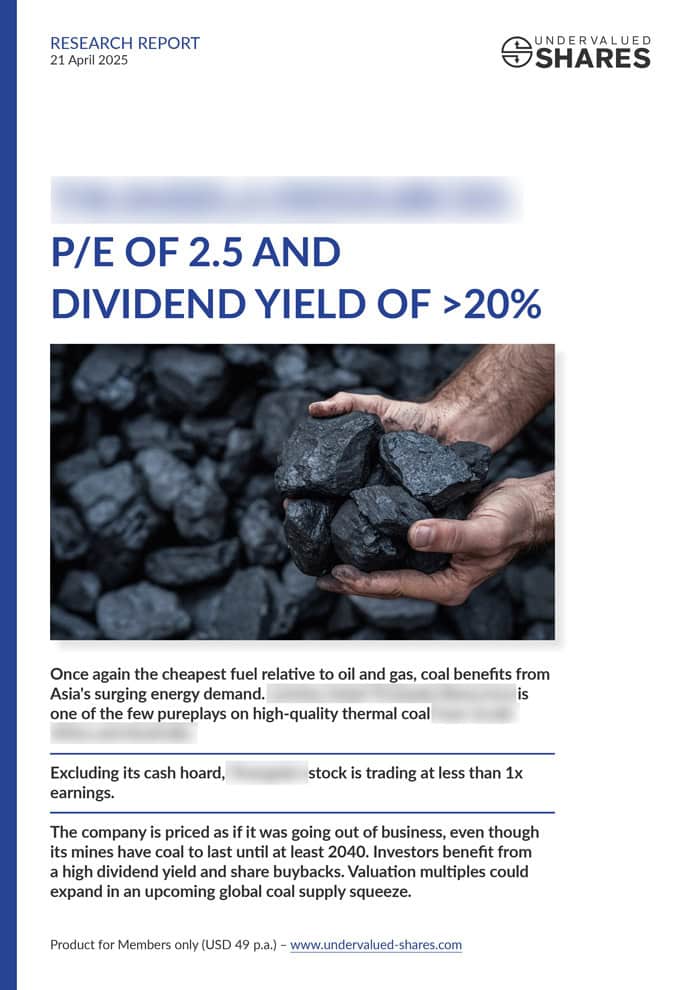Some of the world's best fund managers achieve a profit on just 30% of their investments, yet they still make billions for their backers.
In a seven-year study involving 45 of the world's best fund managers, their batting average was just 49% – meaning they lost money on 51% of their trades. Despite this, almost all of them made money overall.
How is this possible?
"The Art of Execution" explains all this in more detail. It's a relatively little-known, pleasantly short book that teaches important lessons about portfolio management.
If you are looking for some advice on how to build and manage a portfolio of stocks, today's Weekly Dispatch (and the book it summarises) will be for you.
Why the pointer?
Stock picking is a skill.
Managing a portfolio is an entirely different skill, and a vital one.
As the statistic above shows, you could pick the wrong stock 70% of the time and still be a world-class investor with an enviable performance.
So-called position sizing matters. Stanley Druckenmiller, renowned as one of the world's best investors, once said: "Sizing is 70% to 80% of the equation. … It's not whether you're right or wrong, it's how much you make when you're right and how much you lose when you're wrong."
I've always refused to build a model portfolio, as explained in the FAQ section on Undervalued-Shares.com.
Why?
First, because important aspects such as portfolio concentration differ from investor to investor. A 65-year-old boomer with millions in the bank will probably want to diversify a fair bit, whereas a 27-year-old Millennial probably cannot afford not to run a fairly concentrated portfolio. It's impossible to serve the broad variety of readers that Undervalued-Shares.com has (besides, Undervalued-Shares.com is not a regulated portfolio management firm).
Secondly, portfolio management is an entirely different service. As a small operation which charges only USD 49 per year, there is a limit to what I can offer. The focus of Undervalued-Shares.com is idea generation, learning about the world we live in, and having everyone benefit from a global network of investors. As part of this, Undervalued-Shares.com aims to point you in the right direction so that you cannot just find new ideas but also acquire new skills.
Among the skills that anyone can acquire quite quickly and then utilise as a private investor are the lessons taught by "The Art of Execution", a 2015 book by Lee Freeman-Shor.
Here is what it teaches, in a nutshell.
Lessons on winning and losing as an investor
Freeman-Shor worked as an allocator of money at Old Mutual Global Investors where he was given the freedom to create a "Best Ideas" portfolio. He sought 45 of what he believed were the world's best investors and gave each of them between USD 20m and USD 150m to manage.
There were three conditions:
- The fund managers could invest in no more than ten stocks.
- They had to keep managing the money for seven years.
- They had to provide the data of all trades to Freeman-Shor.
The latter gave Freeman-Shor a dataset of 1,866 investments and 30,874 trades to analyse. He found that this exalted group lost money on 51% of their investments, but they still made money!
The #1 realisation from Freeman-Shor's study was that investment performance is largely determined by what an investor does after buying a stock. Specifically, how they deal with losing and winning positions.
E.g., the data revealed that of the 131 investments that lost more than 40% after their initial purchase, only 21 went on to produce a return of over 100%. This was powerful evidence that in order to be a great investor, it is critical to be willing to take a loss and move on.
How do you decide, though, when the right moment has come to do so?
Many people set a stop loss at 10% below their purchase price – the wrong approach, according to the data from Freeman-Shor. The ideal stop loss is 20-36% below someone's purchase price. This is a much bigger loss than most traditional stop-loss levels would allow, but it proved the ideal range where to reassess a position.
What is a private investor to do with these findings in practical terms?
Freeman-Shor's data suggested that there is a relatively simple set of trading rules:
- Allocate a sum from the portfolio and invest one third of this on day one.
- If the investment falls 20%, consider investing either an additional third or selling the original stake – doing nothing is not an option!
- If yet again the stock falls a further 20%, this is when you must decide to either go in with the final third or sell – again, doing nothing is not an option.
- Also, doing nothing is not an option if nothing happens for a period of time. If there are no news and no price shifts, consider closing the trade.
Another cardinal rule that came out of this study: don't take small profits.
If even the best traders in the world only make money on 49% of their investments, it's clear that in order to win in the long run, you have to let your winners run.
That's easier said than done. It's statistically proven that it's easy for us to take small profits too early, as it makes us feel good. But if we do this, those small profits will never compensate for the losses, and they will not allow us to win big over the long term. And not only that, but taking a small profit also has the bad knock-on effect of making us complacent on the next trade. Statistically, "free money", i.e. those profits built up after a winning trade, underperform when redeployed.
Last but certainly not least, Freeman-Shor concluded that portfolio concentration is key. The best investors have a small number of ideas, back them, and monitor them. With Freeman-Shor's chosen fund managers, their top five ideas outperformed the market by multiples. Their overall returns were only reduced by their lesser holdings.
Seems easy, right?
There are obviously plenty of finer details. Still, Freeman-Shor developed a fairly simple system overall, given that he managed to take his readers through it on just 170 pages.
His book is a practical one that many – not all – readers have come to like. In my view, it's one of the best books there is about the subject.
Then again, it's also clear that….
Different things work for different people
As mentioned at the outset, the question of portfolio concentration also depends on your personal circumstances.
Everyone will be on a slightly different investment journey. There are no fixed rules or models, and no one in this industry ever stops learning (including by mistake).
Also, Freeman-Shor's data isn't perfect as his study "only" covers a seven-year span. In an ideal world, it should have been carried out across three full cycles in order to demonstrate timeless principles (most recently, this would have involved running a study from circa 2000 to 2020).
Still, Freeman-Shor's study of some of the smartest people in the world and his resulting book make for some of the more replicable guidelines for private investors. The book makes it easier to make a start, as it's written in a very accessible way. Also, the statistics demonstrate how portfolio management is an entirely separate skillset layered on top of picking the right investments – which is all too often forgotten or ignored.
Watch this space
The above are some guidelines that you can apply for a (more) methodical management of your own portfolio.
Many more useful lessons are coming your way next week, when I'll be publishing an interview with a private investor (and long-standing reader of Undervalued-Shares.com) who has built an incredible track record. He has never before spoken about his work in great detail, but rest assured that you'll be inspired by the success that any private investor can achieve in managing their own portfolio.
Can't get enough of Undervalued Shares?
Head over to Twitter, and read even more from your favourite investment blog!
Short summaries of the Weekly Dispatches, updates on the latest research reports and other news – @uv_shares has it all.
Do join the community if you haven't already!
Can't get enough of Undervalued Shares?
Head over to Twitter, and read even more from your favourite investment blog!
Short summaries of the Weekly Dispatches, updates on the latest research reports and other news – @uv_shares has it all.
Do join the community if you haven't already!
Did you find this article useful and enjoyable? If you want to read my next articles right when they come out, please sign up to my email list.
Share this post:








